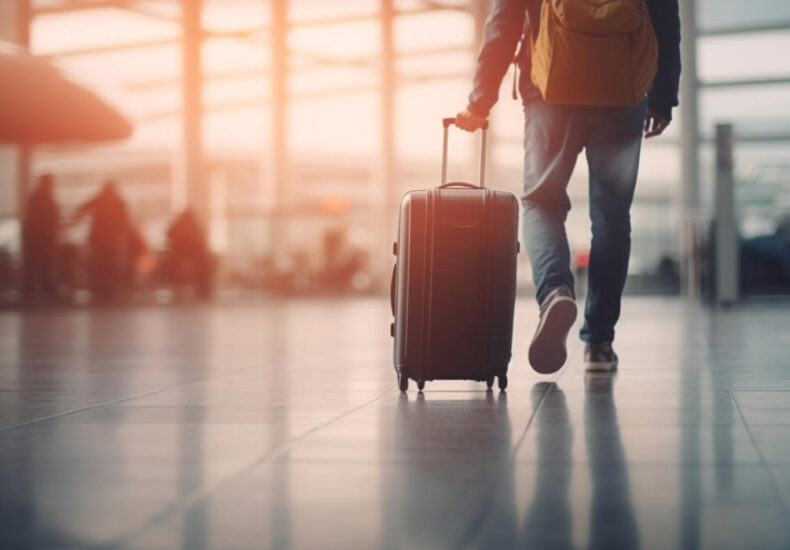
Travelers to Singapore Face Stricter Entry Rules Starting 2026
Fundacion Rapala – Visiting Singapore won’t be as simple as it used to be. Beginning in 2026, travelers deemed high-risk—those considered potential threats to public health, security, or immigration—will be barred from entering the country.
According to the Immigration and Checkpoints Authority (ICA), operators of airlines and ferries will receive a No-Boarding Directive (NBD), preventing high-risk travelers from even setting foot on a plane or vessel bound for Singapore.
No-Boarding Directives Roll Out in Phases
The scheme will first apply at air checkpoints in 2026, before extending to sea checkpoints by 2028. Transportation companies that fail to comply face hefty penalties of up to 10,000 Singapore dollars per violation.
Read This : Football Manager 2026 Finally Announced, Sports Interactive Drops First Teaser
This tougher stance follows the Immigration (Amendment) Act, which came into effect on December 31, 2024. The changes are designed to give authorities stronger tools to keep unwanted travelers out before they reach Singapore’s borders.
Rising Rejections at the Border
Thanks to new profiling techniques and advanced detection systems, ICA has already been able to identify more high-risk visitors before they arrive. As a result, the number of foreign nationals denied entry into Singapore in the first half of 2025 jumped by 43 percent compared to the same period in 2024.
Those denied entry may include individuals previously banned for committing certain crimes.
A Surge in Traveler Numbers
On July 31, Singapore’s Home Affairs Minister K. Shanmugam inaugurated the new ICA Services Centre (ISC) on Crawford Street, which began operations in April. The center sits next to the agency’s former headquarters.
Shanmugam emphasized that the ICA’s transformation comes at a time when cross-border travel has soared. In 2024, Singapore recorded 230 million travelers passing through its checkpoints, a sharp rise from 197 million in 2015.
And the numbers are only expected to climb higher. The upcoming Johor Bahru–Singapore Rapid Transit System (RTS) Link, scheduled to begin service in December 2026, will funnel even more travelers across the border. Meanwhile, Changi Airport’s Terminal 5, slated for the mid-2030s, and the decade-long expansion of Woodlands Checkpoint will further increase capacity.
Technology Over Manpower
However, Shanmugam stressed that manpower has its limits. “The constraint is that ICA manpower cannot increase without limit. So we rely more on technology to meet demand and navigate an increasingly complex security environment,” he explained.
From biometric screening to advanced surveillance, Singapore is betting on technology-driven border control to handle the future surge in travelers—while keeping threats at bay.